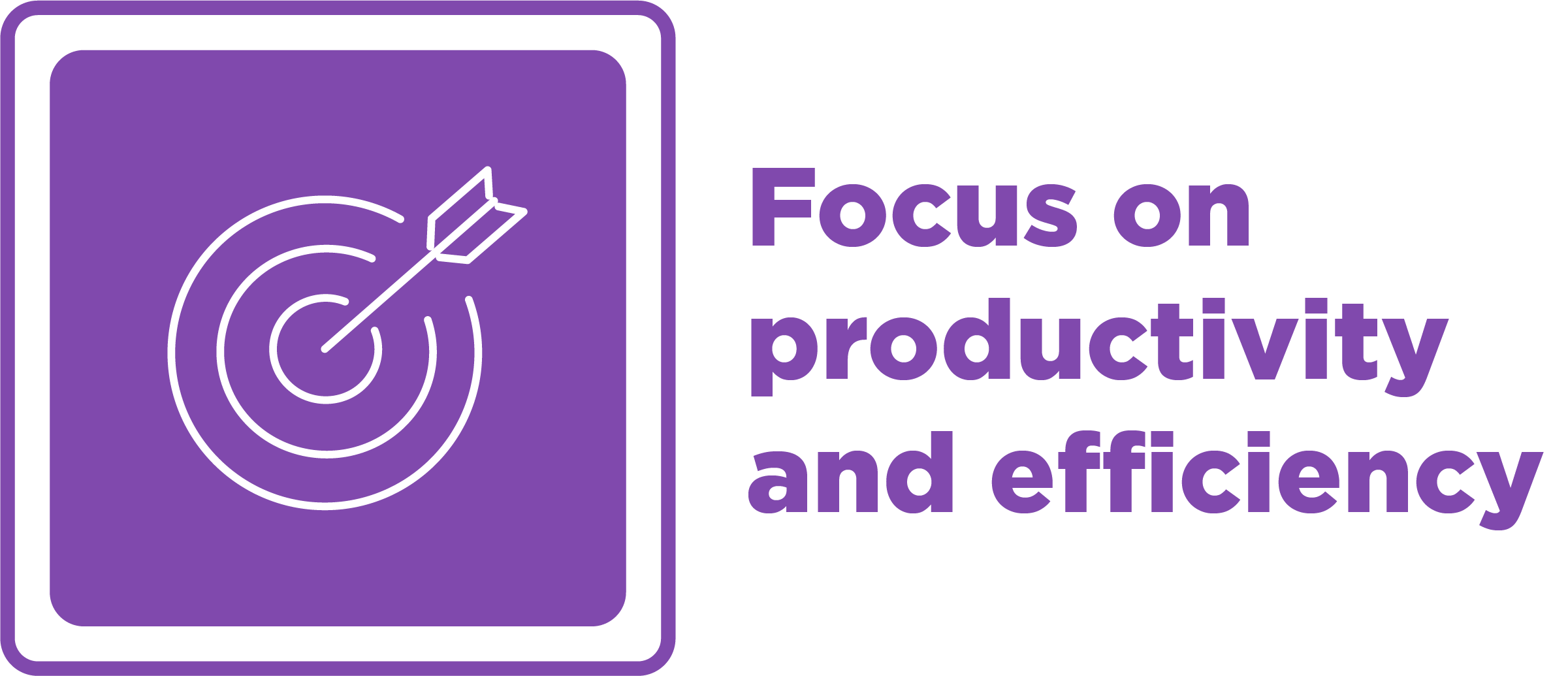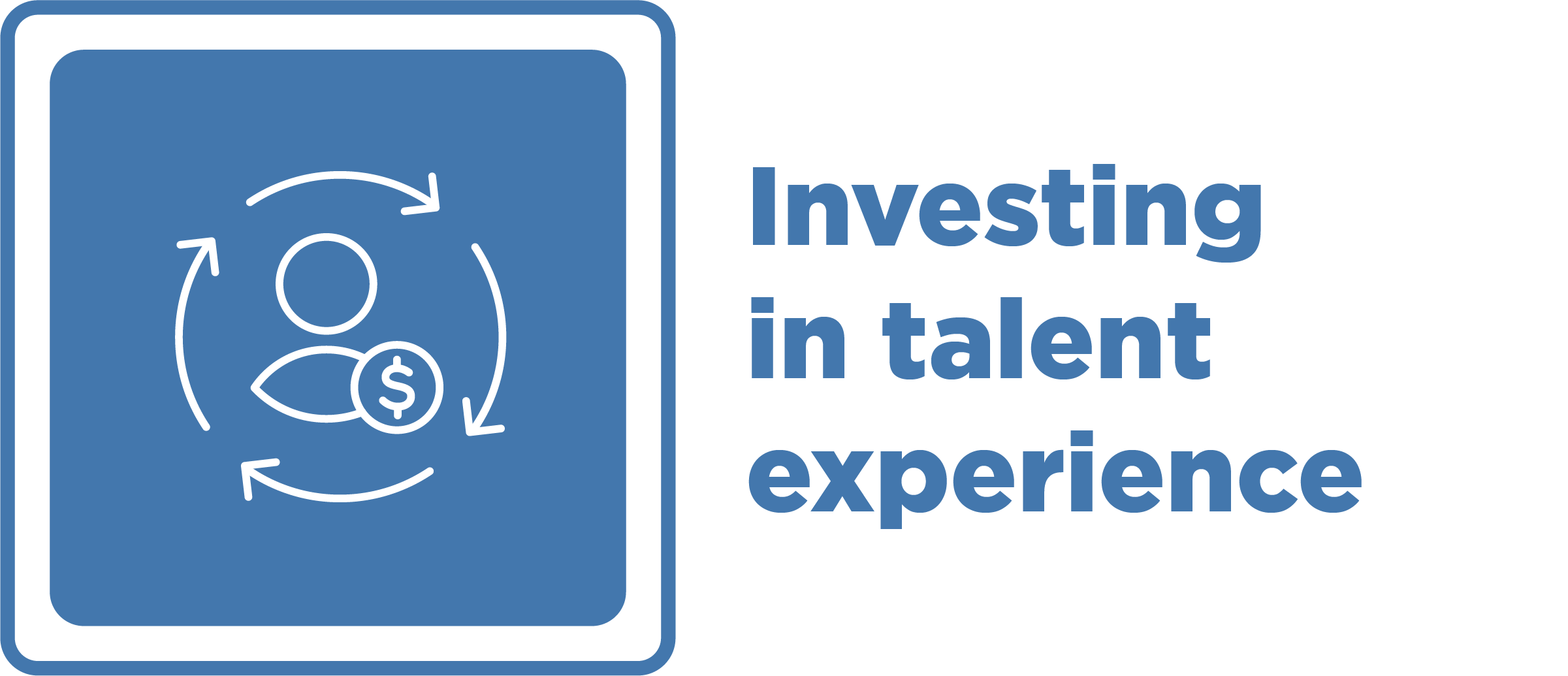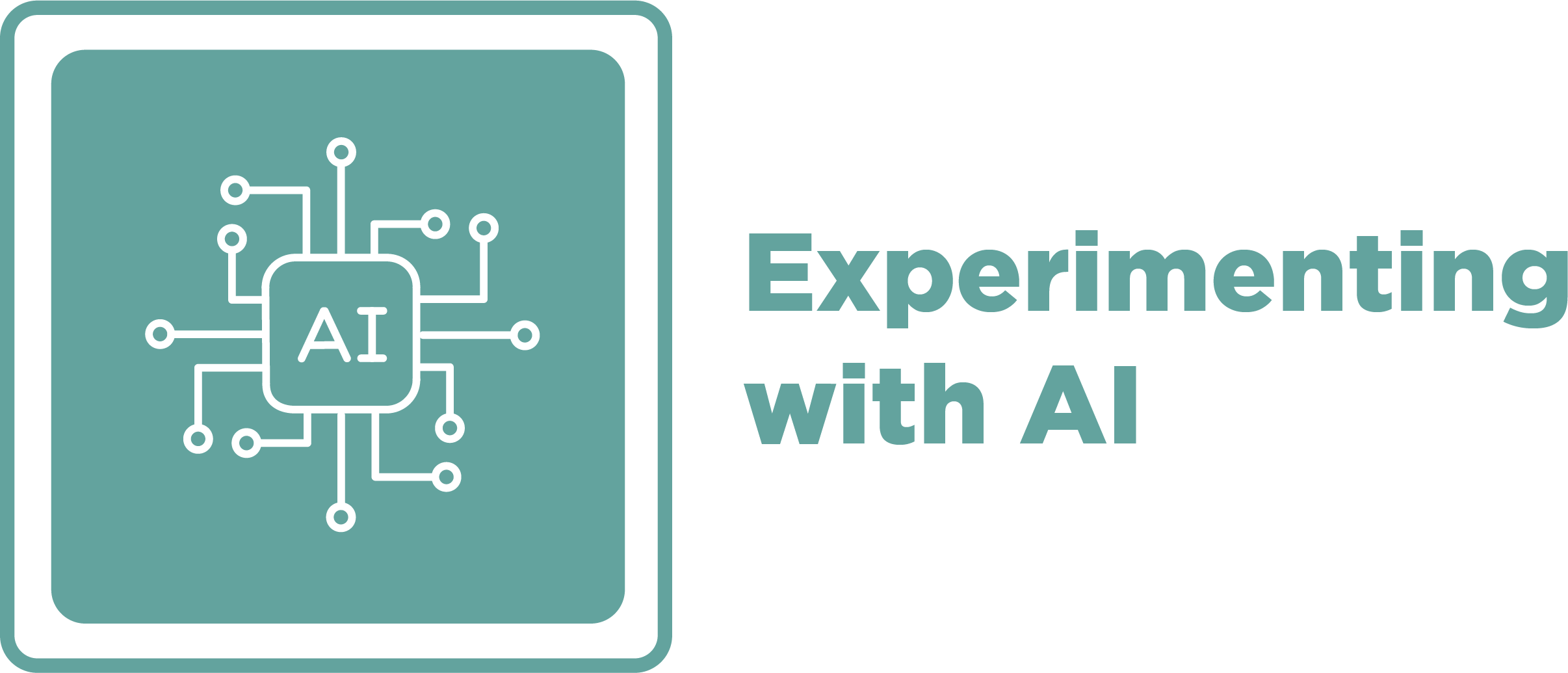GRID 2024 Industry Trends Report
After a year of operational restructuring and downsizing, recruitment agencies remain focused on winning and retaining business. Many believe we will return to growth in 2024 and that the right technology will position them for success.
Introduction
In the midst of a tumultuous year and uncertain global economy, the recruitment industry in 2023 focused on maintaining revenue and margin in the face of declining job requisitions and slower conversions. As a result of these challenges, agencies seem to have stalled in their digital transformation journey. In 2023, 24% of agencies reported they were in the advanced stages of digital transformation. This year, that number is 23% — for the first time, progress has slowed on digital transformation.
In spite of the economic and technological challenges, many agencies were able to outperform their peers and find pockets of success. What were the secrets to their success? And how are they using technology to support it? Bullhorn surveyed more than 1,400 recruitment industry professionals across industries and across the world [130 in the UK and Ireland] to answer these questions and more in our 14th annual GRID Industry Trends Report. Read on to uncover the insights you need to make the best decisions for your business in 2024.
![]() Click on any chart to enlarge
Click on any chart to enlarge
What are agencies facing in 2024?
Overall, the economy was the biggest concern for most agencies, leading most to prioritise gaining new clients and nurturing existing client relationships. Beyond the focus on retaining and developing new business, agencies remained focused on creating a talent experience that will allow them to serve their clients even as the talent shortage continues. In both cases, agencies are relying on technology to achieve their critical priorities.
One concern that arose for the first time since 2010 when we began the annual GRID Industry Trends surveys is competition from gig platforms and what this might say about changing employee preferences. Agencies are thinking creatively about how to stay ahead of this market shift.
Key insights
What are the top-performing agencies doing differently?
Heading into 2024 in the midst of an economic slowdown and ongoing talent shortage, recruitment agencies have to be more focused than ever on revenue generation and margin preservation. Looking at the industry’s priorities and the strategies of the top-performing agencies (those that saw year-over-year revenue growth of 10% or more), we identified some key insights to help navigate the challenges and opportunities ahead.
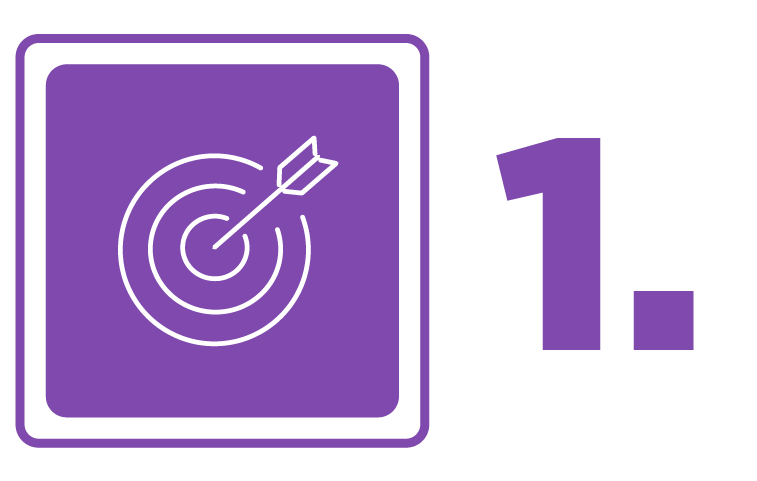
High-performing agencies relied on automation to improve productivity and efficiency
How are high-performers deploying automation?
They are more likely to have automated key tasks. They are more than 4.5 times as likely to have automated next job matching and more than 7 times as likely to rely on automation for reviews and referrals. And Bullhorn data shows that agencies that automate their processes see 39% more submissions per head and fill 22% more jobs.
10-19 days is the sweet spot for time to place
Agencies that saw revenue growth in 2023 tended to be linked to placing candidates in 10-19 days. 59% of the highest performers placed candidates in less than 20 days. Agencies should consider investing in automation tools since Bullhorn data show that those that automate their processes see a 26% reduction in time to place.
Setting up multiple interviews is a crucial way to impact time to place, and across the Bullhorn customer base, the number of candidates submitted for multiple interviews fell by 14% from 2022 to 2023.
What does this mean for agencies in 2024?
For at least the beginning of 2024, clients will still be exhibiting caution when it comes to hiring. That means slower hiring cycles and a focus on truly mission-critical, high-value projects. Recruitment agencies will want to stay focused on the fundamentals: improving placement times and redeployment rates by leveraging technology to speed up and improve sourcing and candidate engagement.
Agencies that continue to invest in their technology and talent pools will be well positioned for 2024, and even better positioned when the economy bounces back.
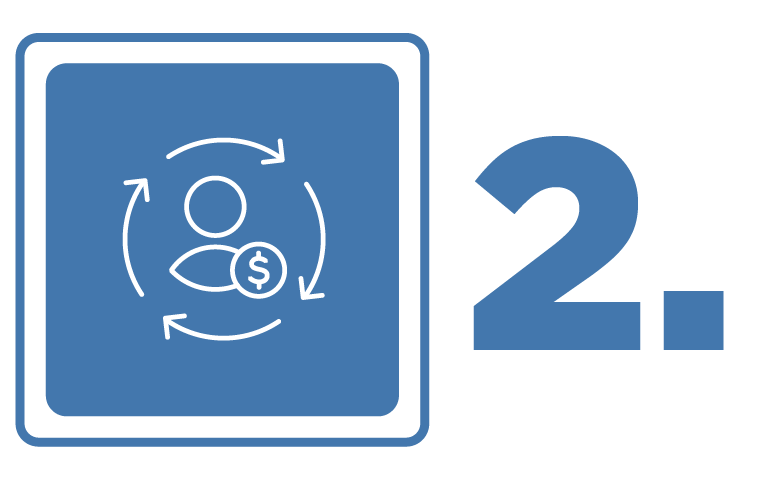
Top performers improve conversion rates by providing a better talent experience
The talent shortage is not going away anytime soon, regardless of the macroeconomic climate. Agencies that really differentiate their talent experience through technology and apply proven best practices will be the most successful in spite of this challenge.
Top performers are doubling down on technology investments designed to improve the overall speed, accuracy, and experience for high-quality candidates.
In particular, top performers are nearly two-thirds more likely to be enhancing their job classification and talent segmentation and are 85% more likely to be thinking creatively about employee incentives. And, thanks to their focus on efficient operations, they are more than 40% more likely to be improving their conversion rates.
What aren’t they doing? Sacrificing margin to chase more job requisitions. Instead, top performers are looking to create a talent engagement program that competes on value rather than simply price.
What does this mean for agencies in 2024?
Investing in talent-focused technology and automation will be more important than ever in 2024 — the data above make it clear that top-performing agencies are doing just that. What all these investments have in common is using automation to deepen and tailor talent engagement without additional staff or human effort. In particular, by automating outreach, job matching and all the tasks related to onboarding and intake.
In 2024, as the economy continues to be challenging, this kind of differentiation will showcase agencies’ expertise and make them stand out with clients.
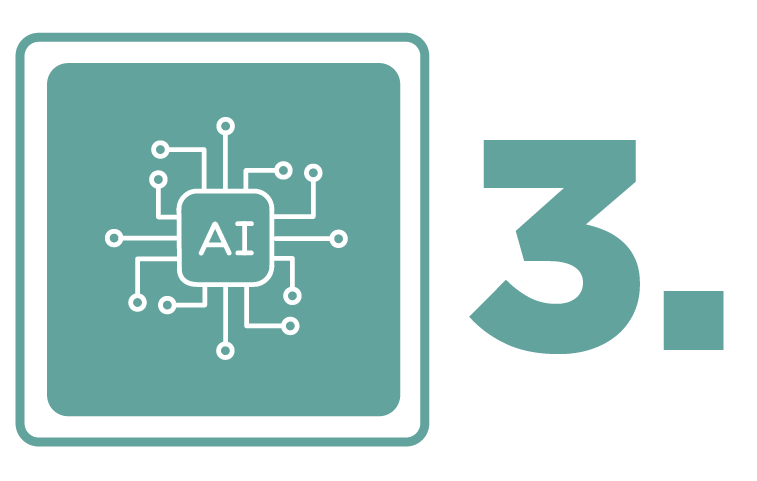
Top performers are already using AI to complete — or at least start — rote tasks
Top performers are early adopters of AI
Although the majority of recruitment agencies are still just beginning to explore the possibilities of AI, top-performing agencies are at or near 20% adoption of key AI tools, even at this early date. They are more than twice as likely to report having AI driven tool in place for shift scheduling and credentialing, and 1.5 times as likely to be using it for gathering client requirements. These time-consuming but rote tasks are perfect candidates for AI, as long as there is human oversight of the process.
What does this mean for agencies in 2024?
Winners in this market are investing heavily in automating and applying AI to rote tasks that can easily be handled completely or in part by technology, like onboarding paperwork and gathering job requirements. That way, human beings can step in only when there is an exception or to perform a final review, freeing them up to focus on strengthening client relationships, pursuing new business opportunities, and offering higher-margin services like consulting and project management. Lower-performing agencies are missing opportunities to automate repetitive tasks, to leverage AI to improve their talent and client engagement, and aren’t automating new lead engagement to the same degree.
Agencies who get out in front on this trend and are early adopters of new technologies will enjoy a significant competitive advantage moving forward and remain winners.

Top-performing agencies won new business in spite of the economy
What does this mean for agencies in 2024?
With the economy still uncertain, agencies will need to closely examine what wins them business — and what is losing it. The data clearly indicate that digital transformation and implementation of sales-support technology drive sales wins. The tough economy in 2023 really separated the wheat from the chaff and the data make it clear that high-performing agencies are using technology to give themselves a competitive advantage.
Top priorities across all agencies
Winning new clients is far and away the top priority across industries
A focus on new and existing clients tops the list, but talent and technology both remain important
As in 2023, winning new clients is the top priority for recruitment agencies. Overall, 44% of agencies are focused on winning new clients. But improving the candidate experience and continuing digital transformation are also high on the list. And all agencies continue to rely on technology to achieve these key priorities.
Top challenges across all agencies
The economy looms large as a challenge, but so does the shifting staffing market
It isn’t surprising that the biggest market concern for all agencies is the overall economic forecast. However, there is also a lot of concern over the rise of gig platforms and changing worker preferences — a big change from 2023 when this was a negligible concern. Agencies are trying hard to keep ahead of these market changes and continue to demonstrate their value to clients and candidates.
Economic outlook: 2023 revenue down, but 2024 outlook is optimistic
Revenue growth declined for the first time in three years
2023 was a difficult year economically for most industries, including recruitment. About half of agencies saw some growth, mostly under 10% — but over one-quarter saw a decline. The slowing economy led to a reduction in job requisitions and slower conversion cycles, but without any improvement in the tight labour market.
Economic recovery anticipated
Most agencies are bullish on 2024, with over half predicting a revenue increase, aligning with hopes that the global economy has a soft landing and actually improves in the latter half of 2024. The positive revenue outlook was consistent across most industries and agency types.
Conclusion
Nearly three-quarters of agencies expect the economy to improve in 2024 — and 48% expect that to help the recruitment industry. As we head into the year ahead, agencies should remain focused on the fundamentals that will help them weather the economic downturn while still positioning them to take advantage of the recovery as quickly as possible.
In 2024, look for the most successful agencies to:
- Aggressively improve time to place and other productivity metrics by relying on automation
- Build talent pools that can meet changing job requirements and use technology to quickly match them to the right jobs
- Leverage AI and advanced automation to take on rote tasks, freeing recruiters up to focus on client and candidate engagement
- Rely on technology to win new business and increase differentiation in the marketplace
